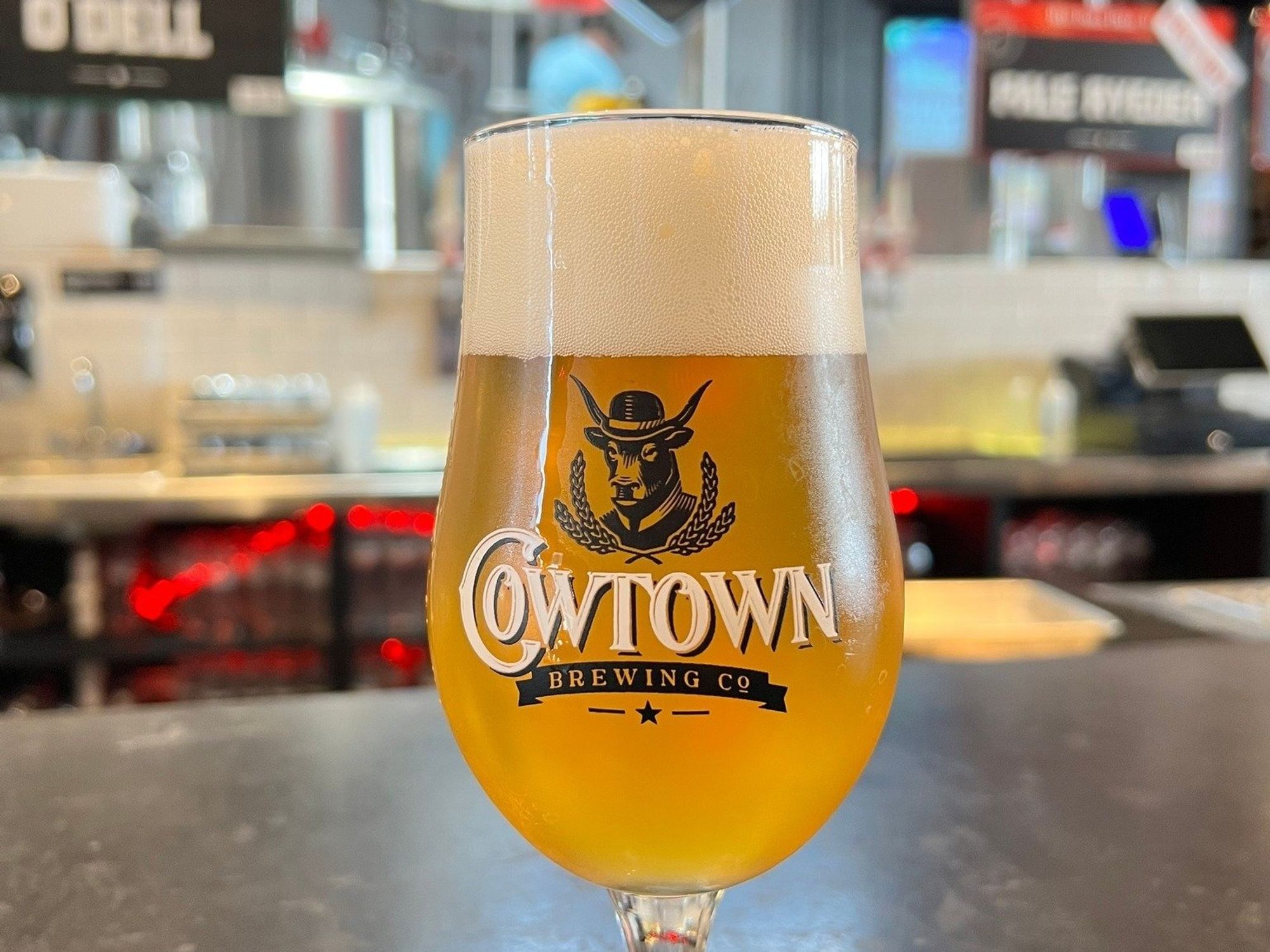Galveston Liquor: The Ultimate Destination for State Of Minds and Wines
Galveston Liquor: The Ultimate Destination for State Of Minds and Wines
Blog Article
Grasping the Craft of Distillation: a Deep Dive Into Distillery Traditions
Discovering the detailed art of purification reveals a globe steeped in time-honored traditions that have actually shaped the spirits we appreciate today. From the old origins of purification methods to the contemporary advancement of distillery tools, each action in the procedure lugs with it a rich tapestry of history and know-how. As we explore the fragile equilibrium of standard versus modern-day distilling techniques and uncover the importance of key components, a deeper understanding emerges of the profound impact distillery customs carry the spirits we enjoy.
Beginnings of Distillation Techniques
The advancement of purification methods has a rich history that traces back to ancient worlds. The principle of dividing elements based on their various boiling factors laid the foundation for the innovative purification procedures we have today.
The earliest proof of distillation days back to around 3000 BC in Mesopotamia, where clay pots were used to distill fragrances and aromatic oils. The Egyptians further advanced these methods, making use of distillation for embalming techniques and medicinal purposes. The Greeks, significantly figures like Aristotle and Hippocrates, contributed to the theoretical understanding of purification.
Gradually, purification spread to regions like India, China, and the Center East, each society including its distinct touch to the craft. The development of distillation techniques proceeded via the Center Ages and the Renaissance, at some point bring about the diverse array of distillation procedures employed in contemporary distilleries worldwide.
Development of Distillery Tools

With advancements in modern technology and a much deeper understanding of the purification process, modern-day distilleries now use a selection of advanced tools to produce spirits of the finest quality. Today, distillation tools includes column stills, reflux stills, and crossbreed stills, each designed to satisfy certain purification demands. These contemporary stills supply better temperature guideline, enhanced purification accuracy, and greater efficiency in dividing alcohol from pollutants.
In addition to stills, distilleries now make use of advanced condensers, fermenters, and filtering systems to additional improve the distillate. The development of distillery tools remains to play a crucial function fit the diverse variety of spirits readily available out there today.
Traditional Vs. Modern Distilling Practices
Alternatively, modern distilling techniques utilize cutting-edge technology and innovation to streamline manufacturing procedures and boost uniformity. Automated systems, electronic controls, and advanced devices allow modern distilleries to produce spirits more effectively and with higher precision.
While traditional distilling practices are valued for their heritage and the one-of-a-kind tastes they create, modern approaches use advantages in terms of scalability, quality control, and sustainability. By including clinical improvements and contemporary engineering, distillers can optimize manufacturing, decrease additional reading waste, and meet the needs of today's market more effectively. Ultimately, the option between traditional and modern-day distilling techniques commonly depends upon the distillery's goals, worths, and target audience.
Trick Active Ingredients in Distillation Refine
Within the craft of distillation, the option of crucial ingredients plays a crucial duty in figuring out the flavor account and high quality of the spirits generated. The key ingredients made use of in the distillation procedure are normally water, yeast, and a fermentable source such as grains, fruits, or sugarcane.
Water is an essential component as it not just waters down the alcohol web content to a palatable degree but likewise affects the general mouthfeel and appearance of the spirit. The high quality and mineral web content of the water made use of can considerably influence the end product.
Yeast is another crucial component that transforms the sugars present in the fermentable source right into alcohol via the process of fermentation. Various pressures of yeast can produce differing tastes and aromas, contributing to the special features of the spirit.

Effect of Distillery Traditions on Spirits
The influence of historical distillery traditions on spirits extends beyond the choice of vital components, shaping the really essence and personality of the final distilled items (Distillery in Galveston). These traditions, passed down via generations, play a vital role in defining the one-of-a-kind taste profiles and top qualities that distinguish one spirit from one more
Distillery practices encompass a variety of practices, from the certain strategies used in distillation to the option of maturing procedures employed. The usage of traditional copper pot stills in whiskey production is thought to present particular tastes and characteristics that are highly valued by lovers. The aging of spirits in oak barrels, a practice deeply rooted in distilling traditions, contributes to the growth of complicated scents and flavors over time.

Verdict
To conclude, the customs of distillation have an abundant background that has actually evolved in time. From the origins of distillation methods to the modern-day techniques, the influence of distillery traditions on spirits is undeniable. By understanding the essential components in the purification procedure and the advancement of distillery tools, one can appreciate the craftsmanship and artistry that enters into creating premium spirits. Distillery customs play an essential duty in forming the spirits market and protecting the heritage of purification methods.
Throughout the background of distillation, the devices used in distilleries has actually undertaken considerable development to enhance efficiency and top quality of the purification process.With advancements in modern technology and a much deeper understanding of the distillation process, modern-day distilleries now utilize a selection of advanced devices to produce spirits of the highest possible high quality. Today, distillation tools consists of column stills, reflux stills, and hybrid stills, each made to provide to particular purification requirements. From the origins of purification techniques to the modern-day methods, the impact of distillery practices on spirits is indisputable. Distillery traditions play a crucial role in shaping the spirits market and maintaining the heritage of purification methods.
Report this page